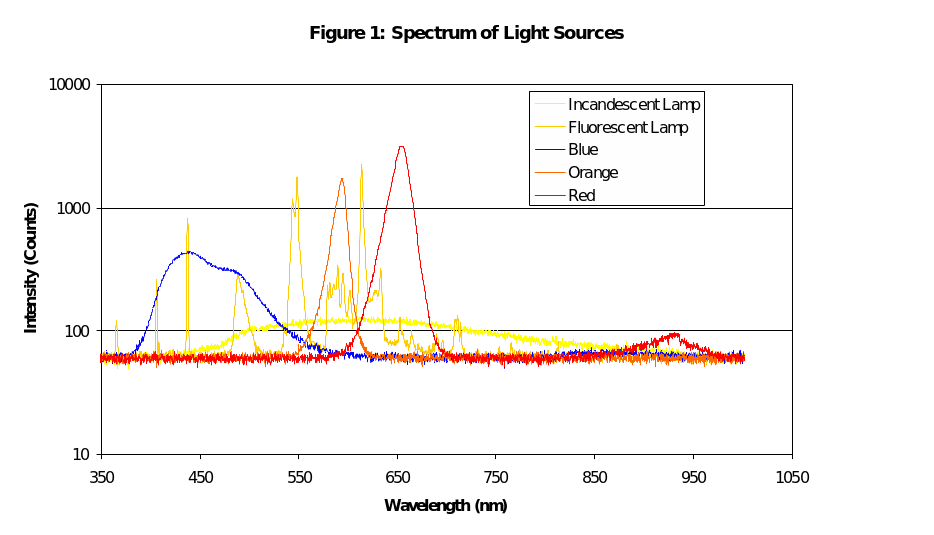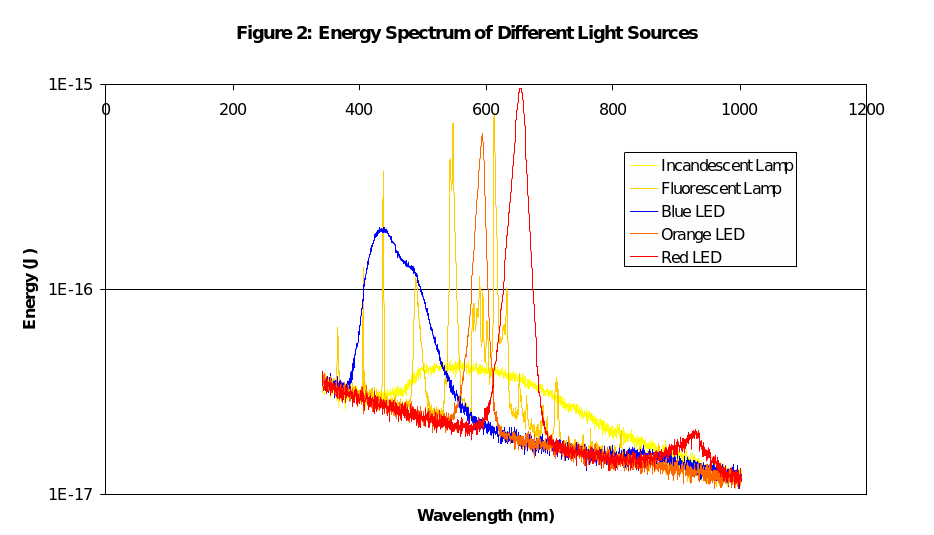Background and Objective
Green is the hot word today. All the efforts to minimize Green House Effect and thus keep the environment green for our generations to come; comes under the term Green today. So, how a lightning solution makes a building green or otherwise? It is related to the energy consumption of the lighting solution. Let us take the example of an incandescent bulb. It consumes electrical energy to give light and the electrical energy it consumes comes from thermal power plants which burn fossil fuels and produce greenhouse gases – CO2, NOx, etc.
The conversion of electrical energy to light is never 100%; instead, part of the electrical energy is converted to ultraviolet and infrared radiation as well and these radiations are not useful as far as a lightning solution is concerned. So that part of the electrical energy is literally wasted. Now better is the efficiency of electricity to light conversion, lesser is the electrical energy wasted and lesser is the amount of fossil fuel burnt and greenhouse gases produced to get the same amount of light.
This essentially leads to the fact that a lightning source with greater efficiency is the best lighting solution for a green building. In light of this background, the main question guiding these experiments was to determine the spectral efficiency of different light sources like an incandescent lamp, fluorescent lamp (CFL), and Light Emitting Diodes (LEDs) of different colors (Blue, Orange, and Red).
Safety Considerations
The experiment involved required handling electro-optical appliances like different light sources. Therefore, all the precautions related to the handling of electrical appliances were adhered to. As an electrical safety shoe was used, all the electrical points and appliances were handled carefully. To protect the eye from ultraviolet (UV) rays UV protection glasses were used. To ensure the safety of the equipment the spectrometer was used as per the laid down procedures.
Procedures and Tests
In line with the main objective of this experiment spectrum of the five different light sources namely incandescent lamp, fluorescent lamp (CFL), and Light Emitting Diodes (LEDs) of different colors (Blue, Orange, and Red) was recorded using Ocean Optics Spectrometer one after another. Distance between the light source and the spectrometer was kept the same for all the different light sources.
Data, Calculations, and Representations
The electromagnetic spectrum of different light sources was recorded. This spectrum is presented in figure 1, below:

It can be seen from this spectrum that the spectrum of the incandescent lamp is very wide, spread over the almost entire optical spectrum, and has a single peak. The fluorescent lamp has many peaks in its spectrum and the majority of the peaks lie in the optical spectrum. Different colored LEDs have peaks in respective wavelength regions like Blue LED near 450 nm, Orange LED near 600 nm and Red LED near 650 nm.
The Energy Spectrum of different light sources is presented in figure 1, below:

This spectrum is also very similar to the spectrum in figure 1 with the difference that the left tail of the curve is raised upwards and the right tail is shifted downwards this is because the energy of each photon is inversely related to its wavelength.
The area under this curve in the optical region (400 nm to 700 nm) when divided by the total area gives the useful efficiency of this light source. These values are presented below in table 1, below.
Table 1: Energy output of different light sources.
From this table, it can be seen that the spectral efficiency of red LED is greatest (~80%) and that of the Incandescent lamp (~ 58%) is the least. This means only 58% of the total output of an Incandescent lamp is useful while this ratio is as high as 80% for Red LED output.
Discussions
From these experiments, it can be claimed that LEDs are the best solution for a Green. The experimental findings support this claim, as efficiency is greatest for LEDs. However, only spectral efficiency is not everything. Others factors are also important. One important factor is the wavelength itself. Though, the human eye can sense the entire optical spectrum (400 nm to 700 nm); its sensitivity is greatest in the mid-range i.e. ~ 550 nm. Therefore, orange LED will be a better solution than Blue and Red LED despite having lesser spectral efficiency. Going by the same argument even the fluorescent lamp is a better solution.
Reflections
From these experiments I could learn the spectrum of different light sources and importance of this spectrum in selecting a suitable light source for a particular application.
What I could not understand is the relationship between the input electrical energy and output electromagnetic energy. I think I need to multiply the power rating of the light source with the time of measurement to calculate the electrical energy input.
As a result of this lab my ideas about selecting a light source has changed. Earlier only price of the light source was important for me, now I have come to appreciate that spectrum of light source is much more important.
I am not able to connect the total electrical energy input to the electromagnetic energy output. So I would like to improve upon this point. Also, I would like to incorporate the sensitivity of eye for different wavelengths to modify the formula of efficiency as that will be more relevant.